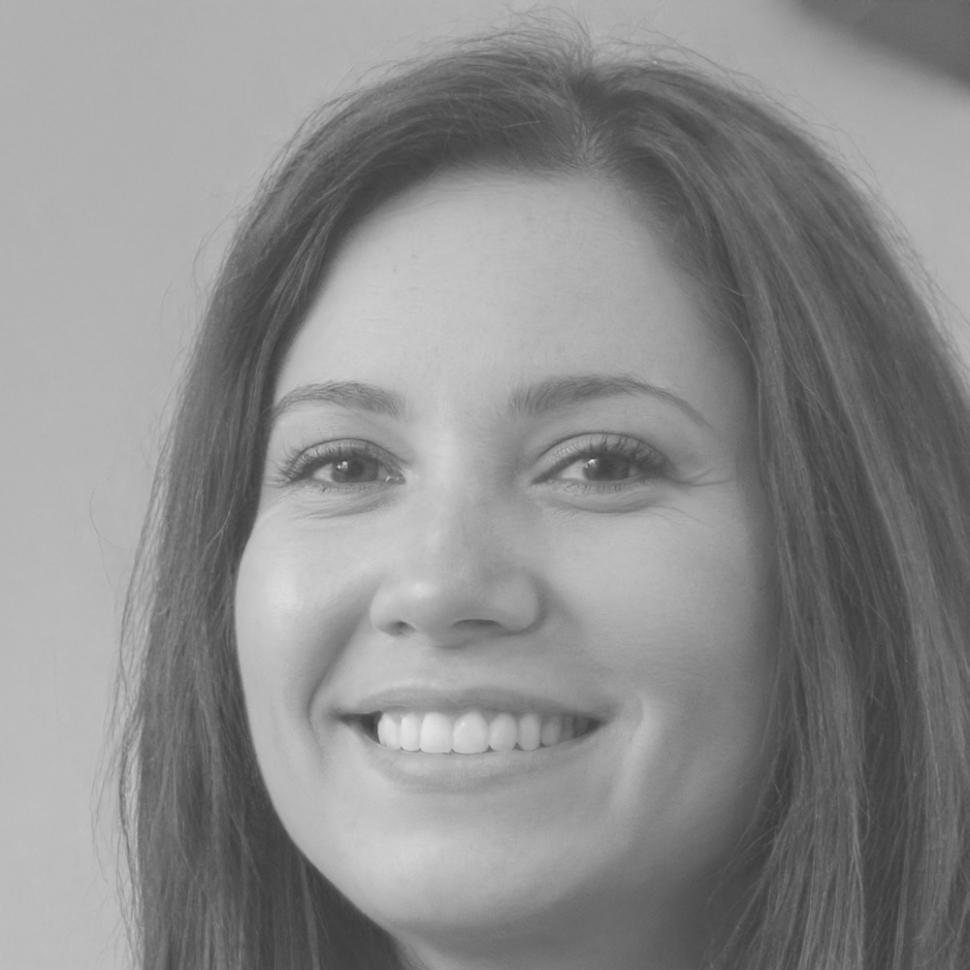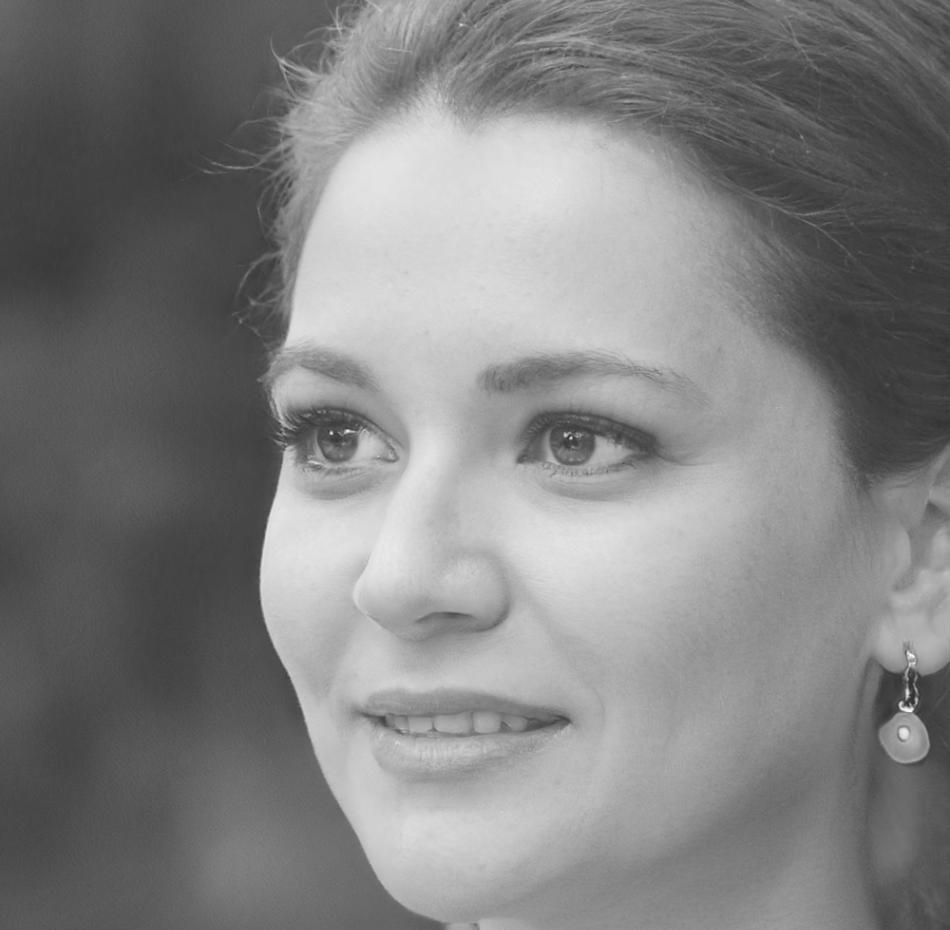We'd been sitting on surplus for eight months, paralyzed between investing in new equipment or keeping it liquid. The allocation framework from crynavolent helped us split the difference intelligently. We bought half the equipment outright and financed the rest, keeping our buffer intact.
Niamh Callister, Operations Director



